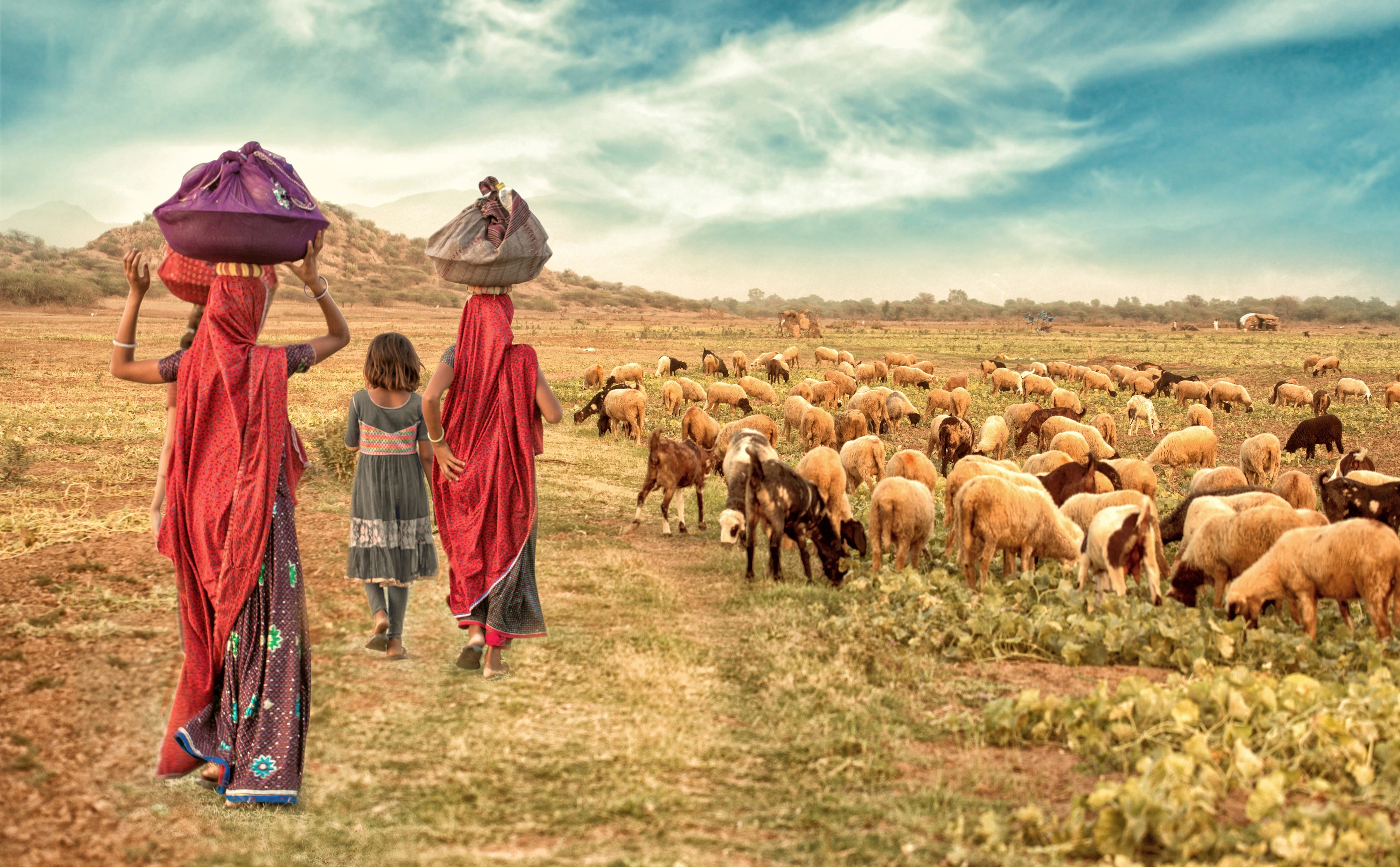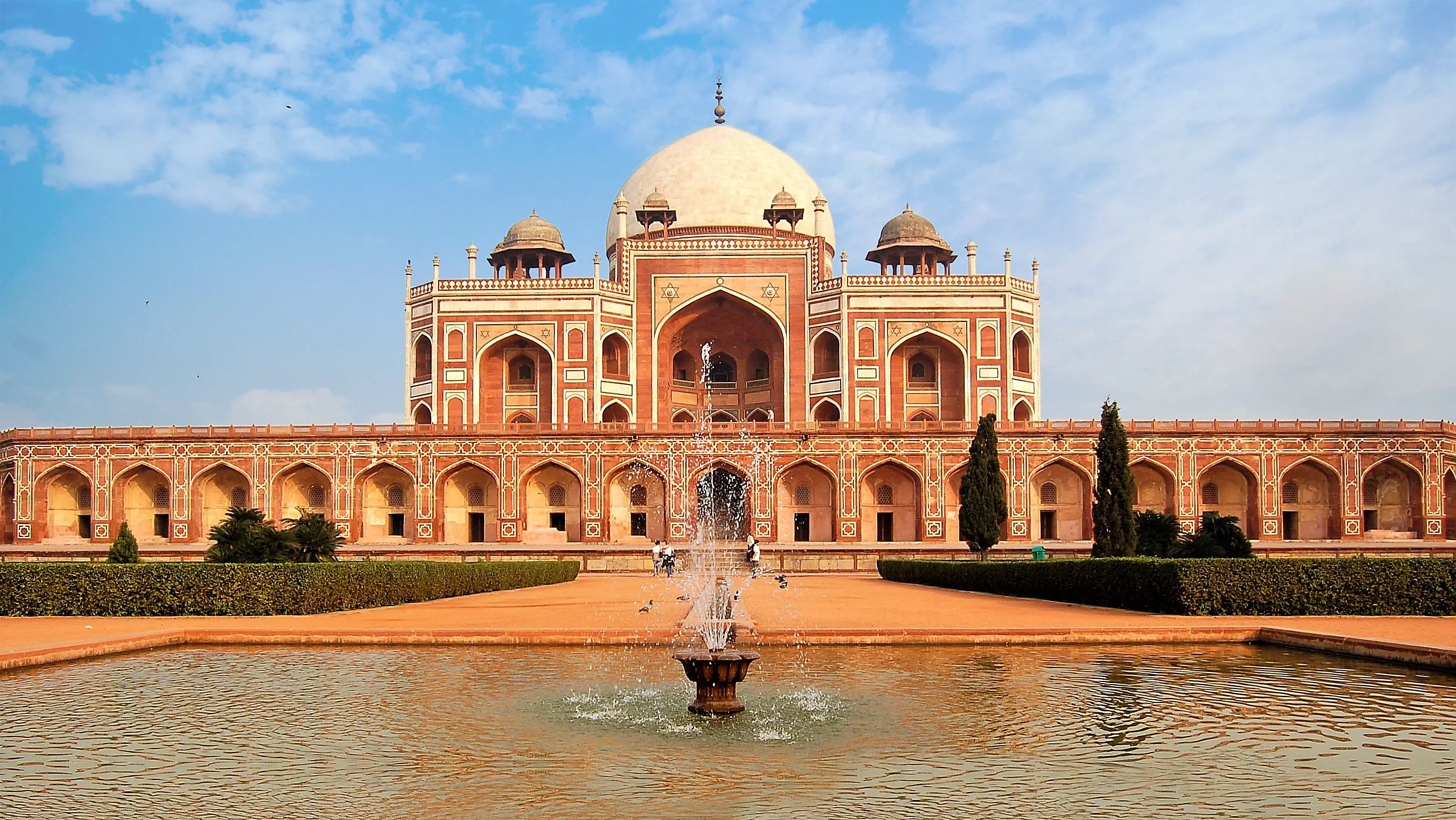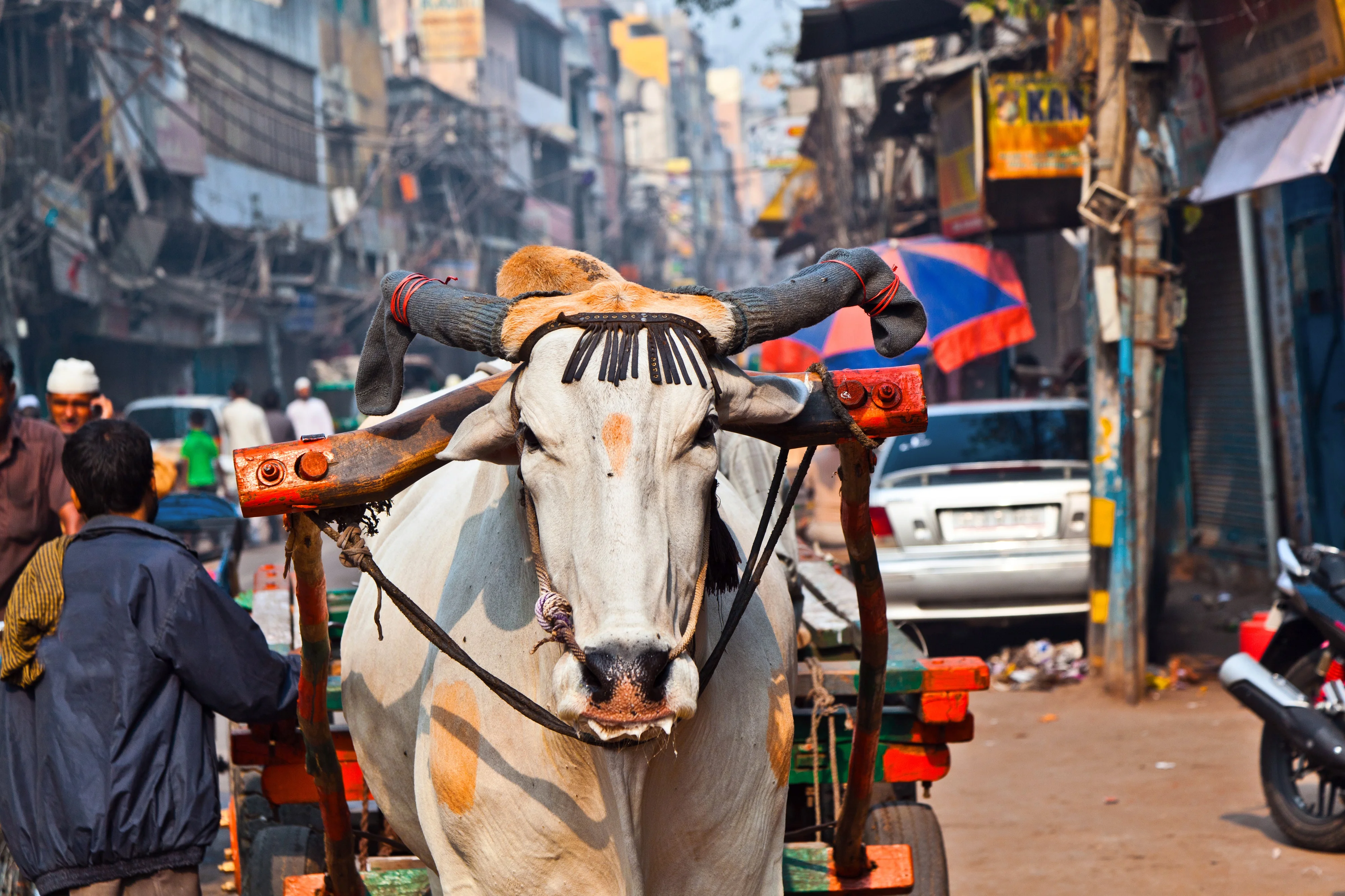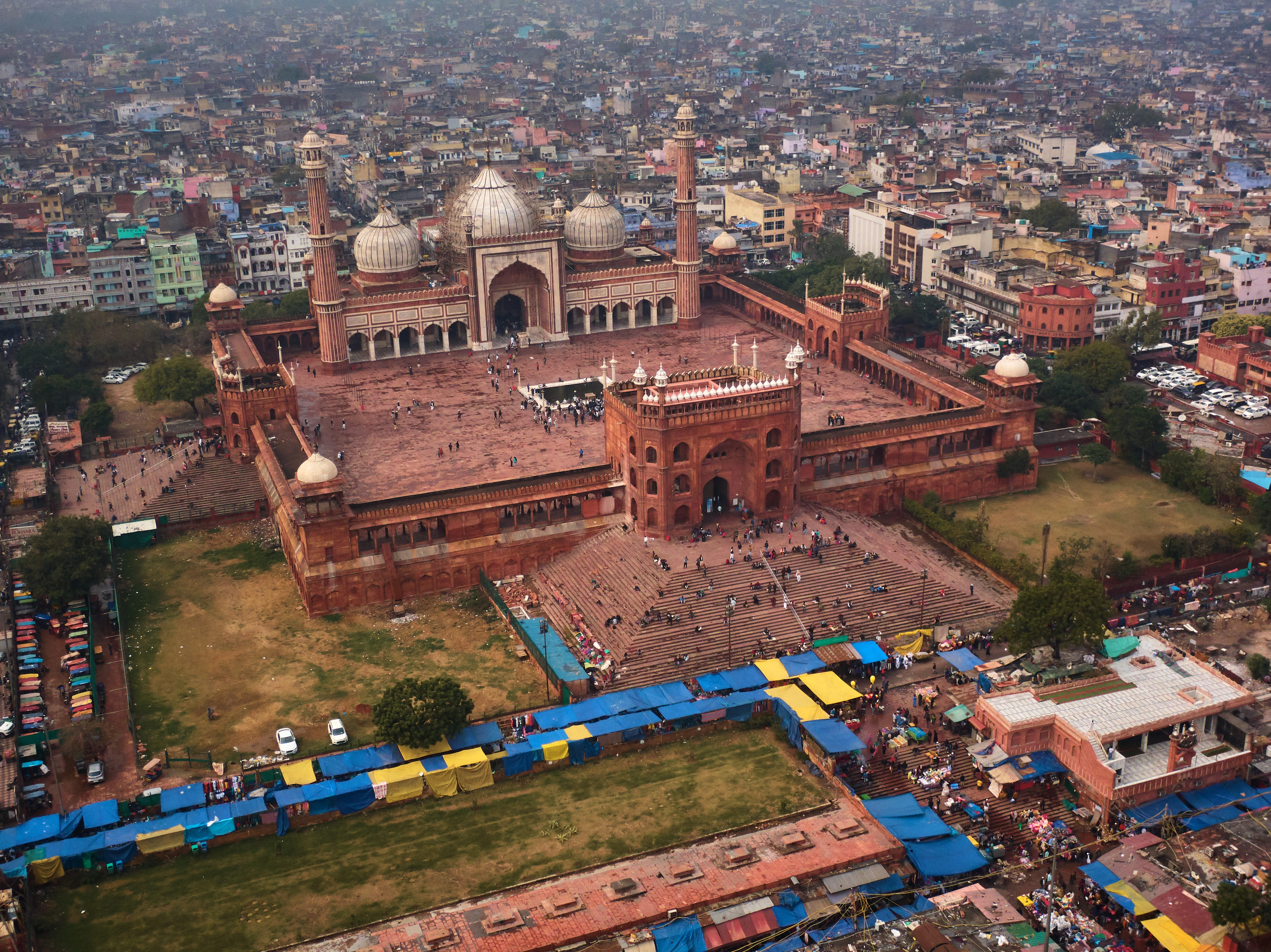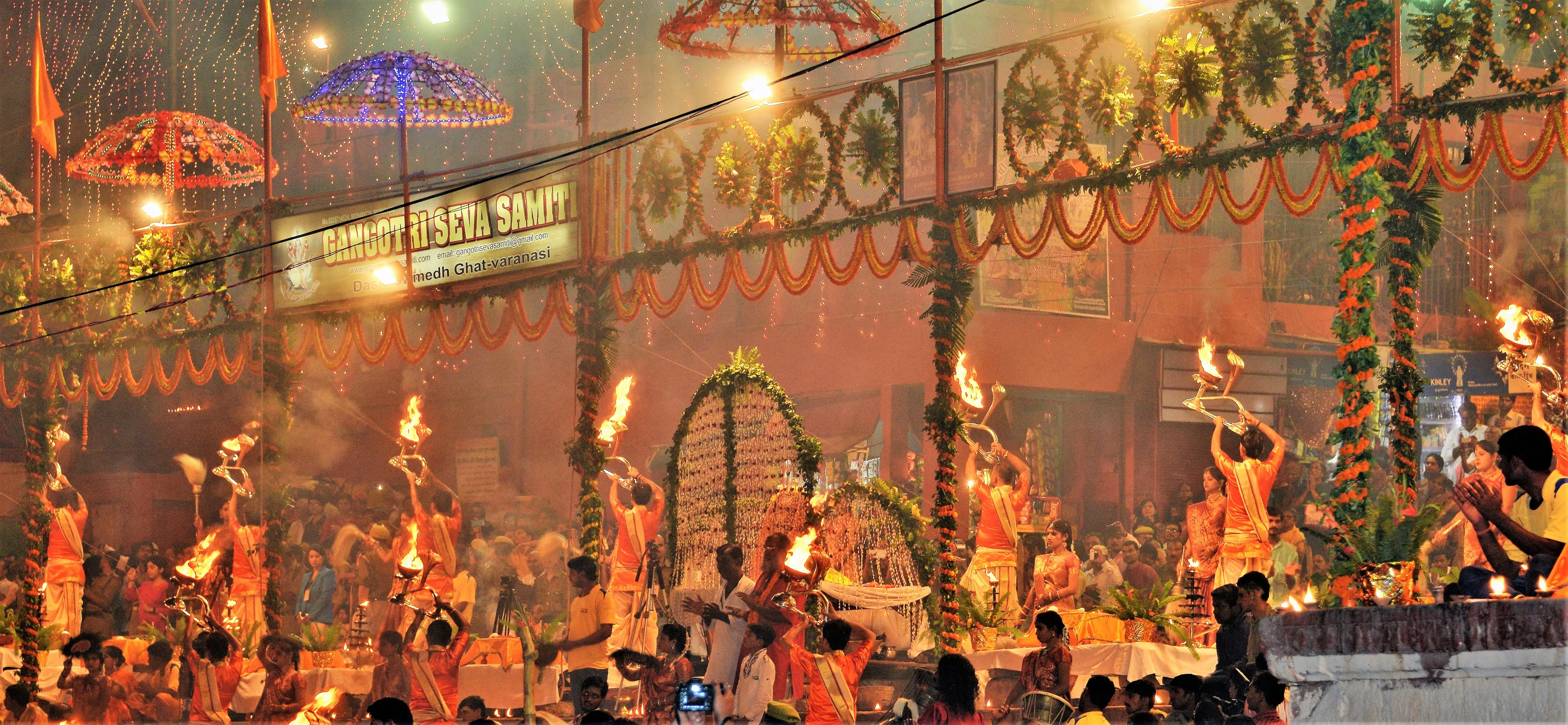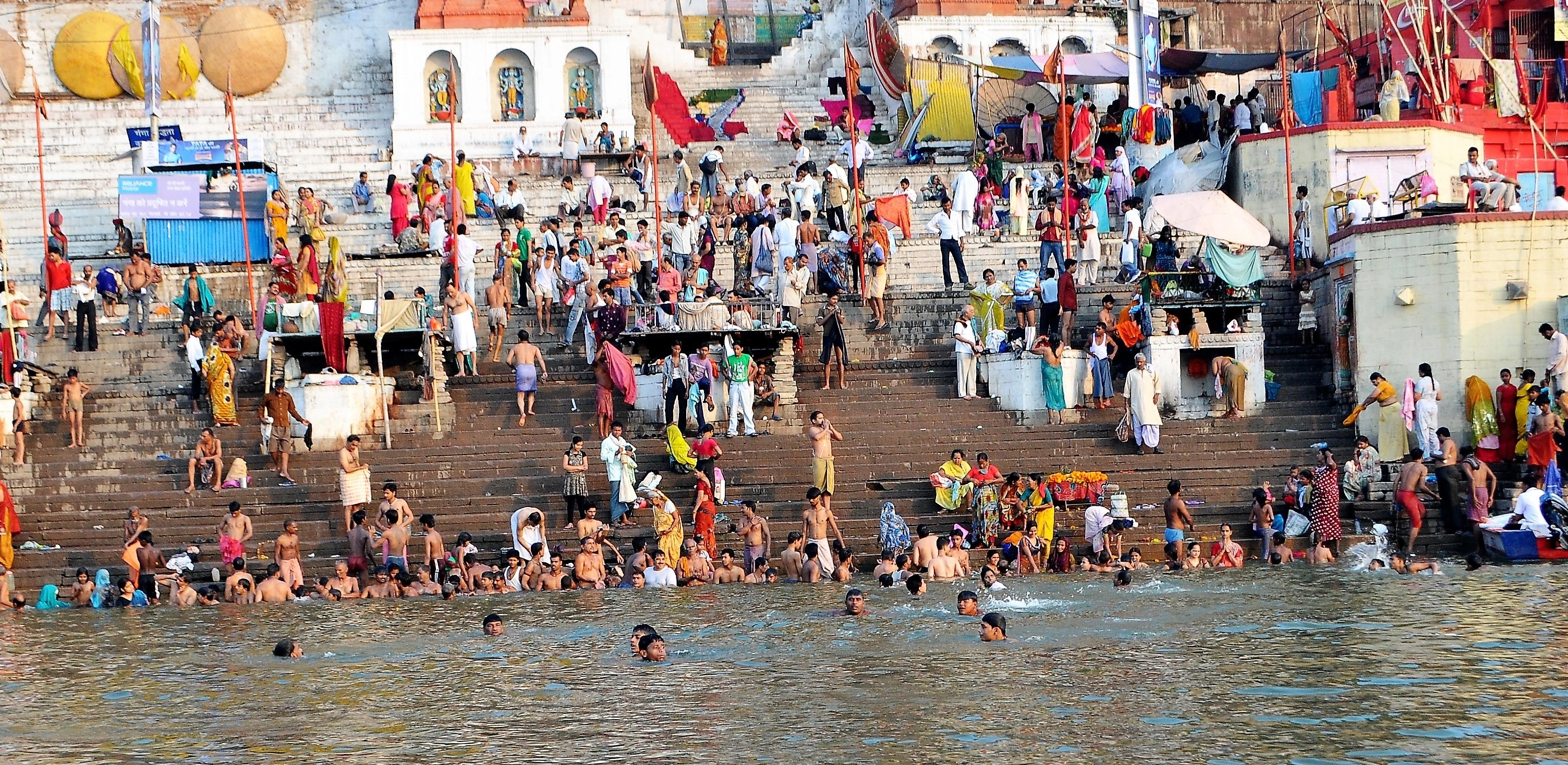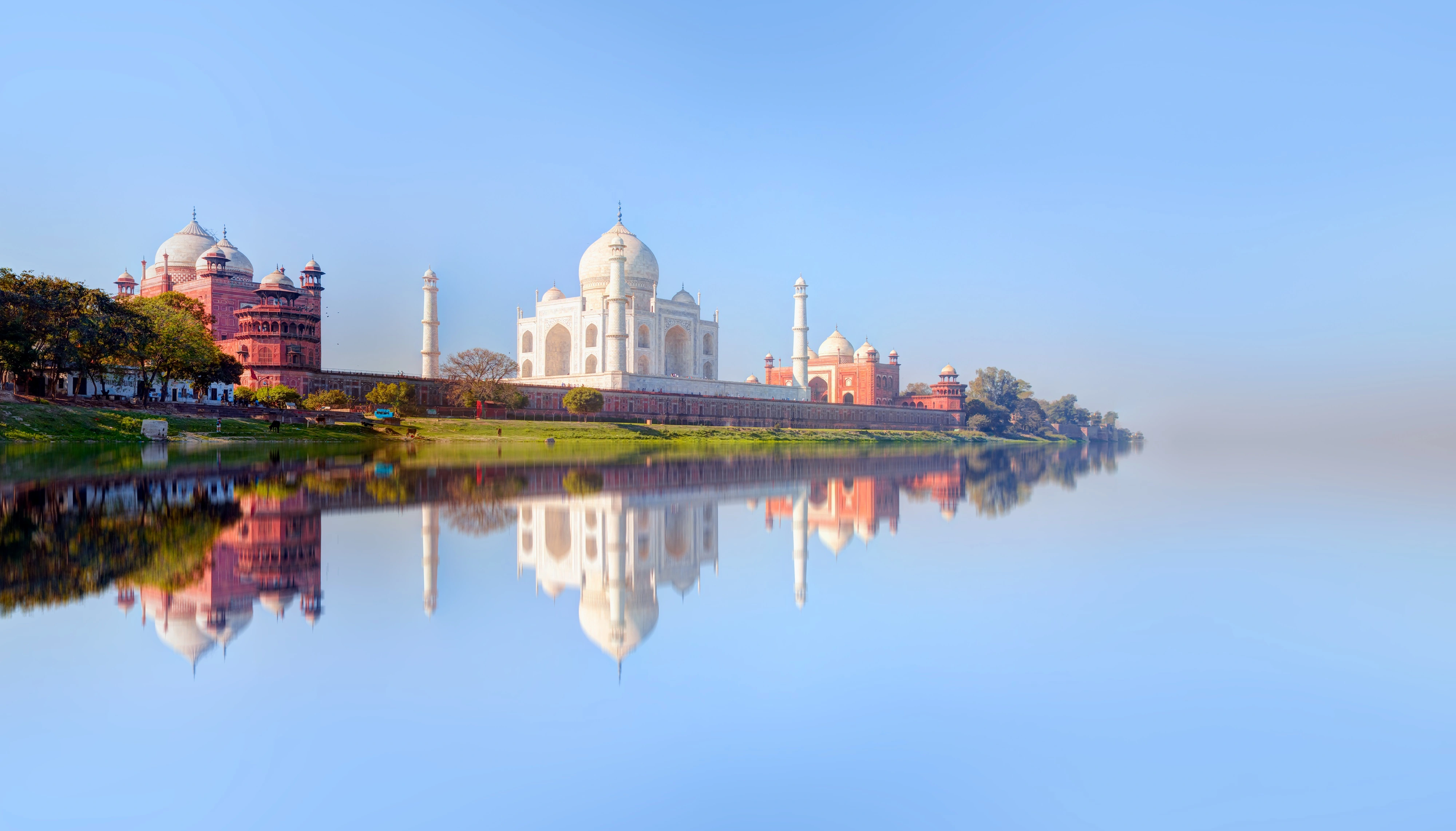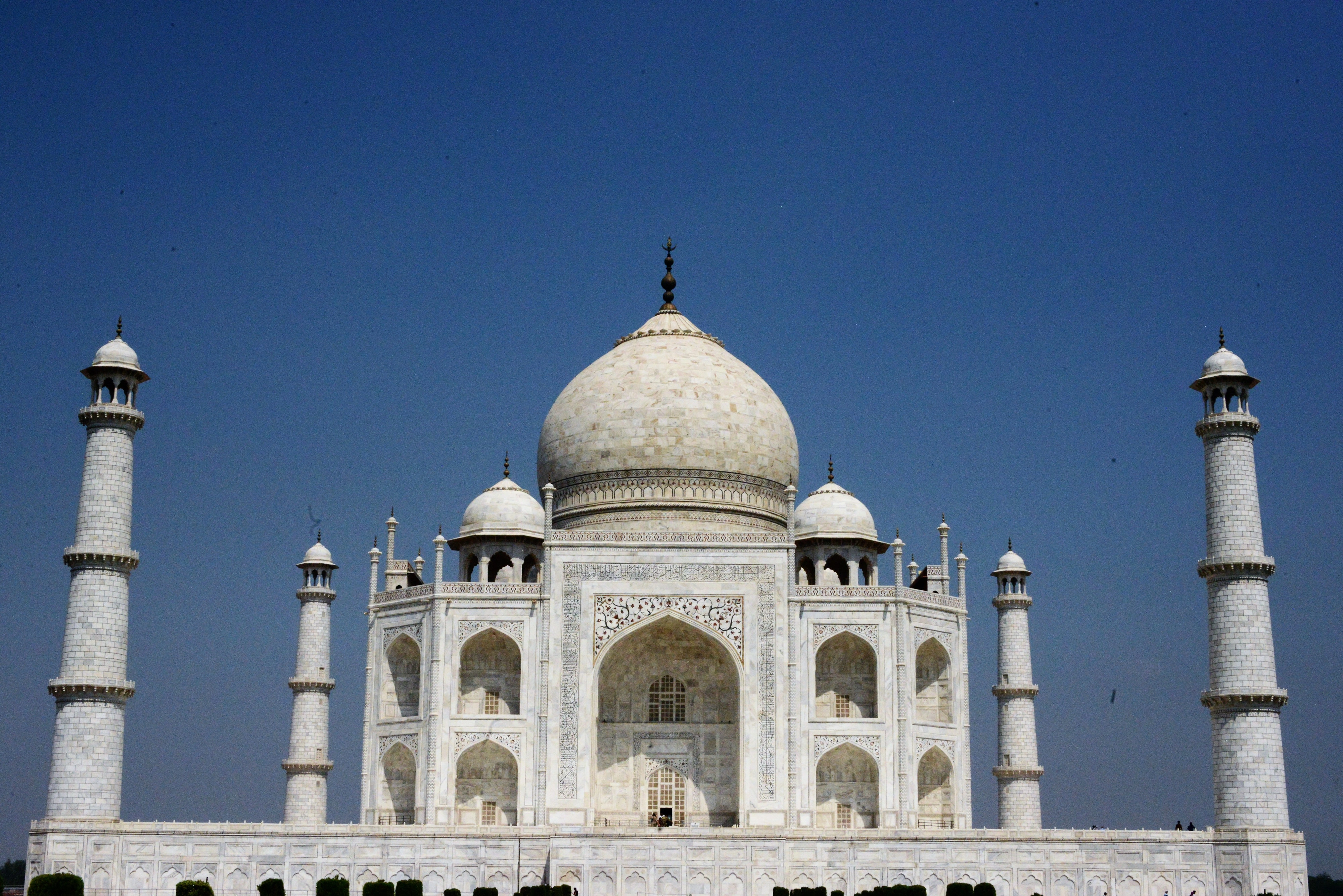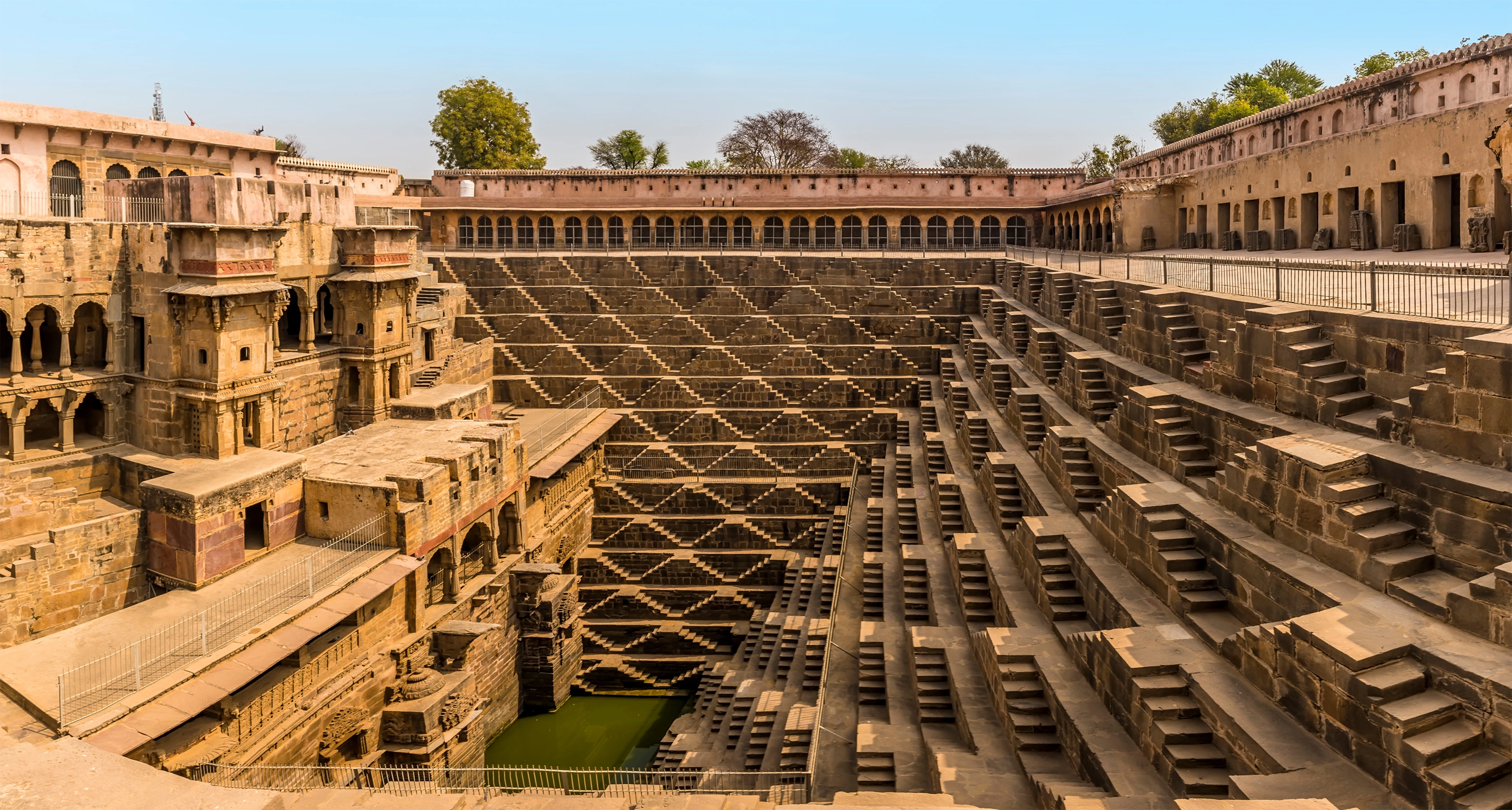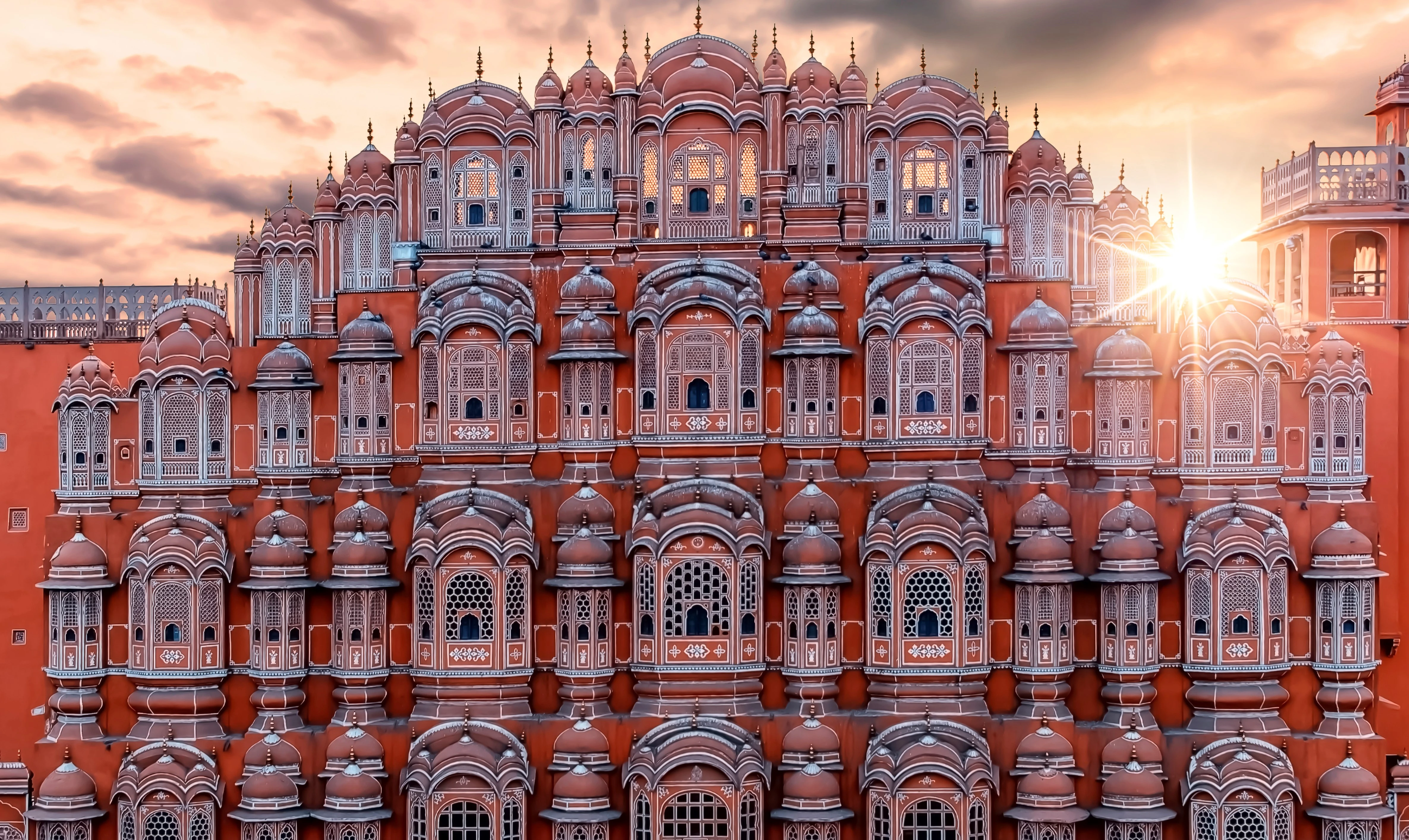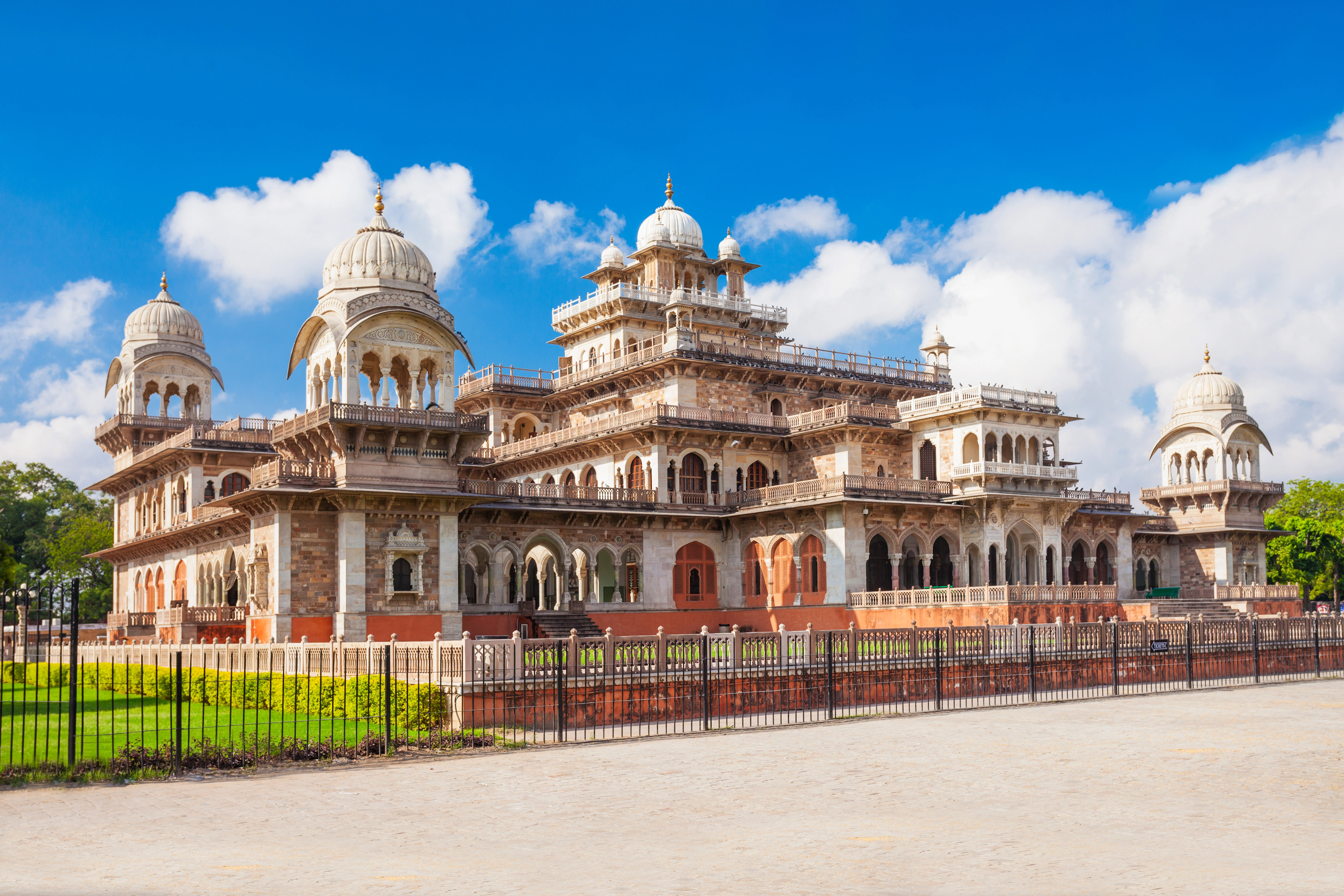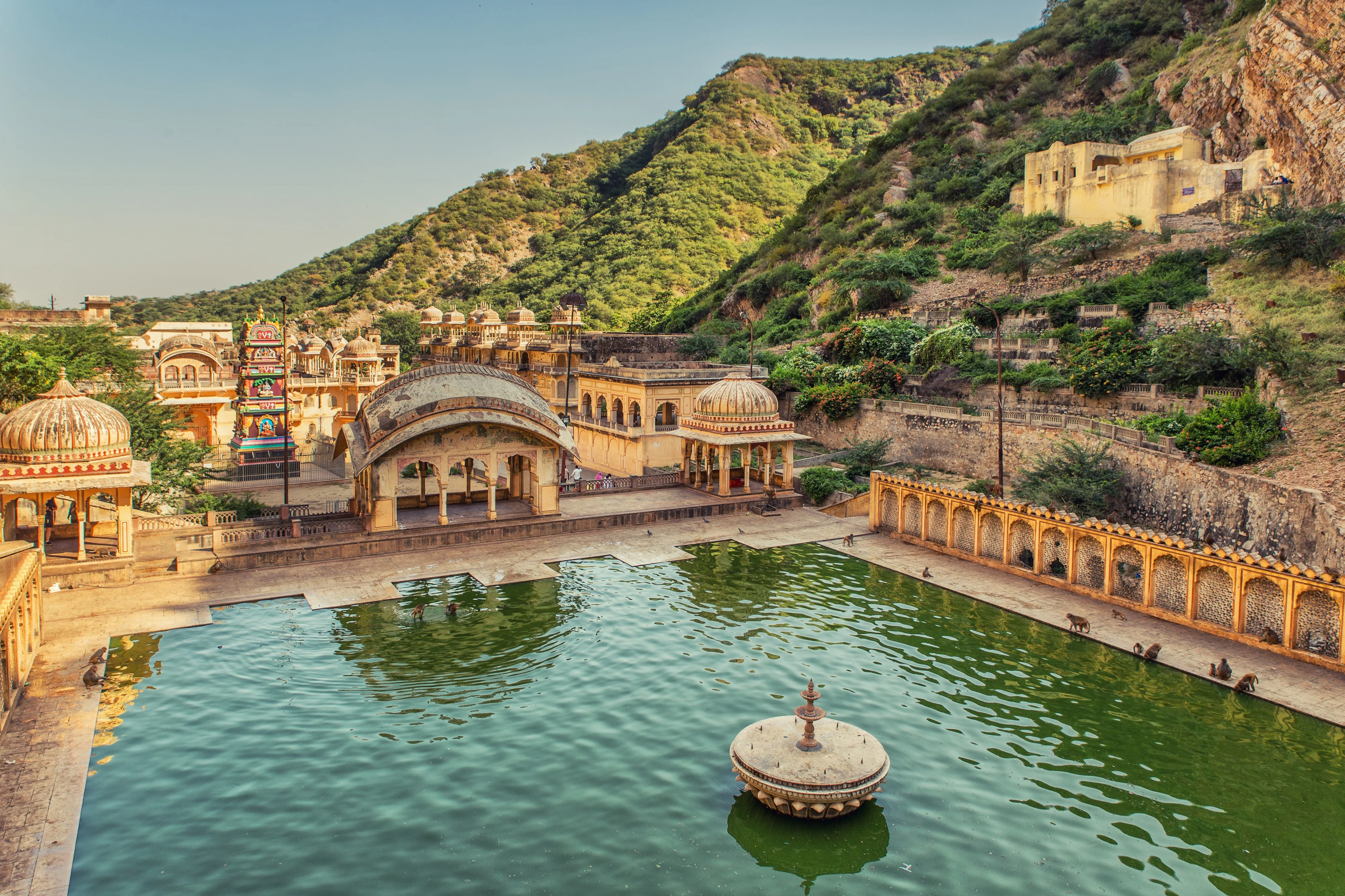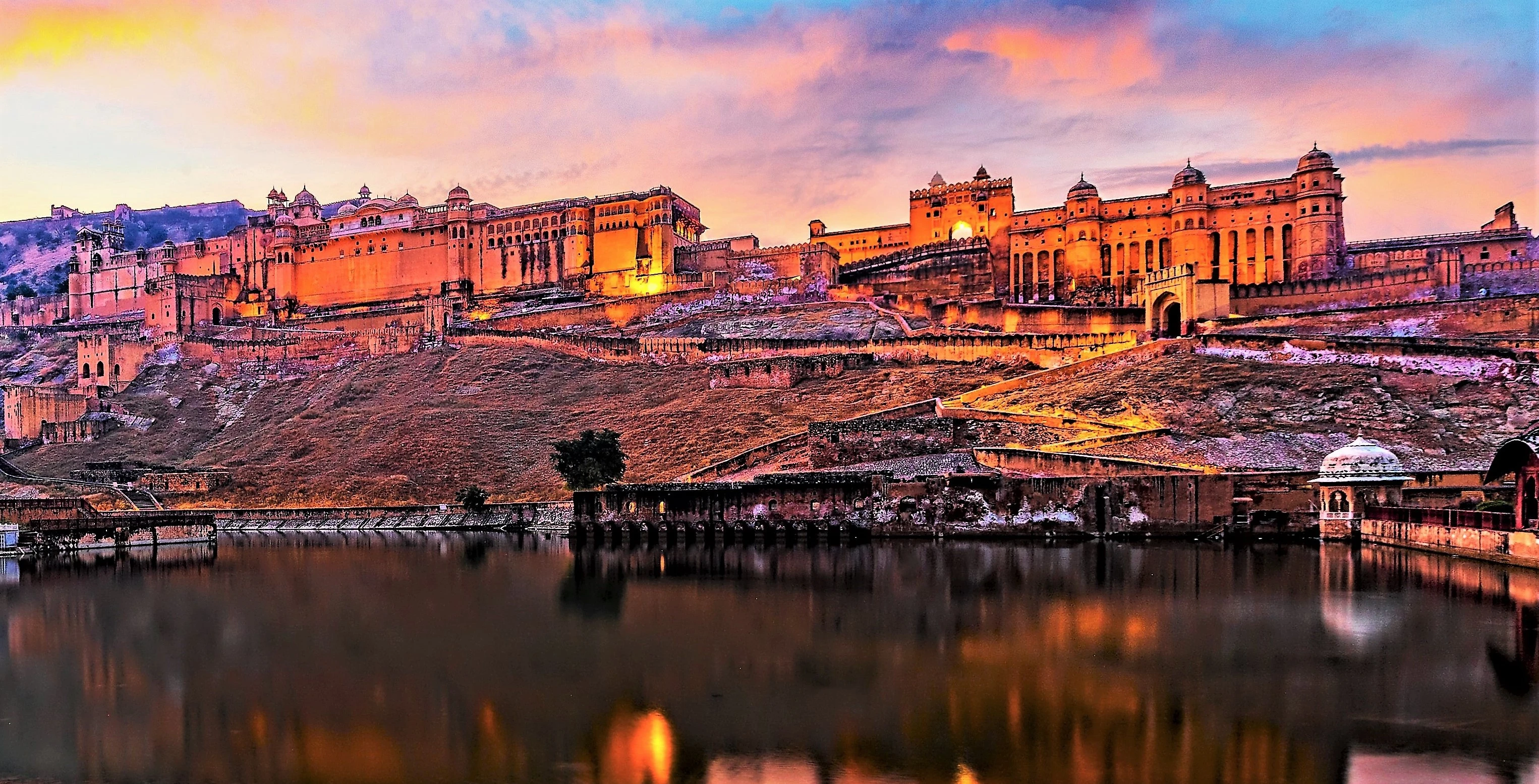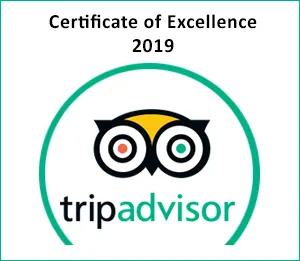An additional night’s stay can be added at the time of reservation.
The next day’s plans are briefly discussed and you are at leisure until we pick you up in the
morning of the next day. Welcome to India, home to incredible historical monuments, a plethora of
natural wonders, and the world’s most colorful culture.
(Overnight – The Oberoi Delhi)
Day 2: Delhi.
Qutab Minar. Start your exploration of New Delhi with a
drive to the awe-inspiring 12th century Qutab Minar, a UNESCO World Heritage Site. Delhi has over 500
ancient structures strewn over its vast expanse, with many of them in various states of disrepair. For
mankind’s achievements from about a millennium ago, the Qutab Minar is unmatched in its
architectural brilliance and longevity. This 240 ft tall medieval tower is a symbol of victory and a
spectacular example of Persian architecture, with intricate carvings and gorgeous inlaid calligraphy.
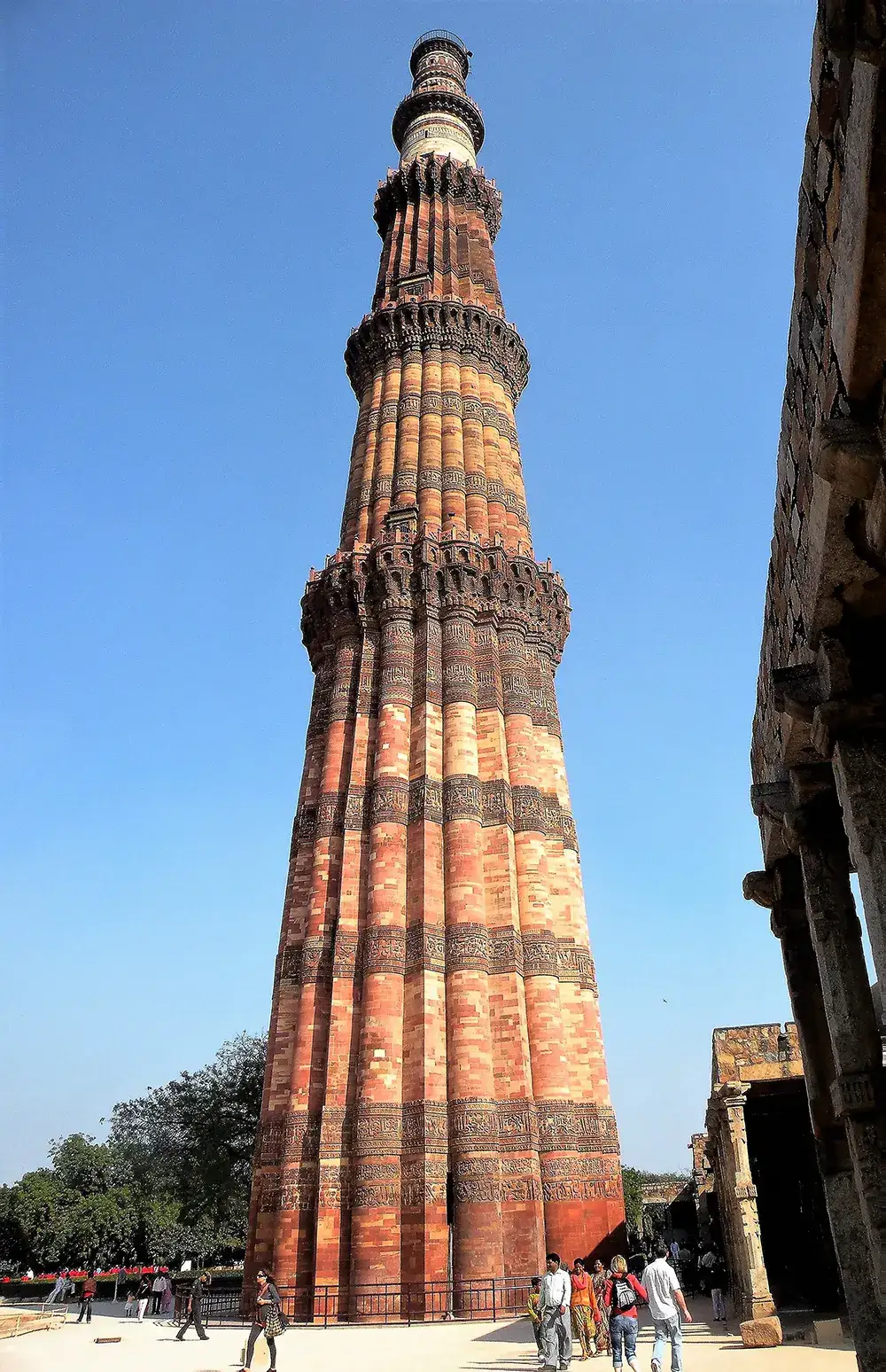
Iron Pillar. Within the Qutab complex, amidst the ruins of
the Quwat-ul-Islam Mosque, stands the legendary 2500-year-old Iron Pillar. The pillar stands 23 feet and
8 inches tall, weighs about 7000 pounds, and has inscriptions that are still legible to a great extent.
This massive cast iron structure is said to have been moved from its distant cave shelter to Delhi
around the 12th century.
Lutyens’s New Delhi. From here you will proceed for a
drive through some of Lutyens’ historic New Delhi. Your drive will take you through Delhi’s
Diplomatic Enclave on tree lined avenues surrounded by embassies of the world’s major nations. You
will stop for a view of the exterior of the massive and awe-inspiring Rashtrapati
Bhawan, home to Inia’s President. From here one can enjoy a striking view of the
India Gate at the other end of majestic and historic Rajpath, the former Kingsway. After a very short
drive on Rajpath you will arrive at the India Gate, a War Memorial to the 84,000
British Indian Army soldiers who lost their lives in the First World War, and Indian casualties in other
wars.
Humayun’s Tomb (UWHS). After a break for lunch,
continue with a visit to the magnificent tomb of the Mughal Emperor Humayun. Delhi has such an abundance
of amazing monuments that this Tomb Complex (1562 A.D.) does not quite get the acclaim that it deserves
- its striking beauty and flawless proportions will captivate you.


